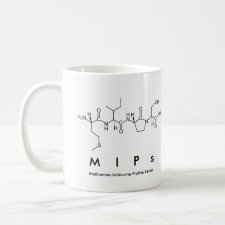
Authors: Shi HJ, Wang YL, Tang CJ, Wang WK, Liu MC, Zhao GH
Article Title: Mechanisim investigation on the enhanced and selective photoelectrochemical oxidation of atrazine on molecular imprinted mesoporous TiO2.
Publication date: 2019
Journal: Applied Catalysis B: Environmental
Volume: 246
Page numbers: 50-60.
DOI: 10.1016/j.apcatb.2019.01.018
Alternative URL: https://www.sciencedirect.com/science/article/pii/S0926337319300189
Abstract: In this work, enhanced and selective photoelectrochemical (PEC) oxidation of atrazine was realized on molecular imprinted mesoporous TiO2 (MI-meso-TiO2). The investigation revealed that, for one hand, the surface MI sites could function as surface defects for accelerating the separation of photogenerated holes and electrons, leading to enhanced generation of hydroxyl radicals. For the other hand, the MI sites showed enhanced binding affinity toward atrazine, resulted from the formation of multiple hydrogen bonds and halogen bonds etc., which was testified by in situ ATR-FTIR spectra. It led to the enhanced adsorption and improved local concentration of atrazine on the electrode surface. Both the two factors contributed to the improved PEC oxidation activity for atrazine on MI-meso-TiO2 compared with that on meso-TiO2. Moreover, the high binding affinity between MI sites and atrazine resulted in the selective recognition ability toward atrazine in the presence of the coexisting pollutants, so that selective PEC oxidation of atrazine in complex polluted water samples was successfully achieved on MI-meso-TiO2 with the apparent rate constant of 0.25 h-1, whereas that on meso-TiO2 was only 0.08 h-1. This work provided something new for explaining the selective and enhanced PEC performance on molecular imprinting catalyst
Template and target information: atrazine
Author keywords: Selective photoelectrochemical oxidation, molecular imprint, Mesoporous TiO, atrazine



Join the Society for Molecular Imprinting

New items RSS feed
Sign-up for e-mail updates:
Choose between receiving an occasional newsletter or more frequent e-mail alerts.
Click here to go to the sign-up page.
Is your name elemental or peptidic? Enter your name and find out by clicking either of the buttons below!
Other products you may like:
 MIPdatabase
MIPdatabase









